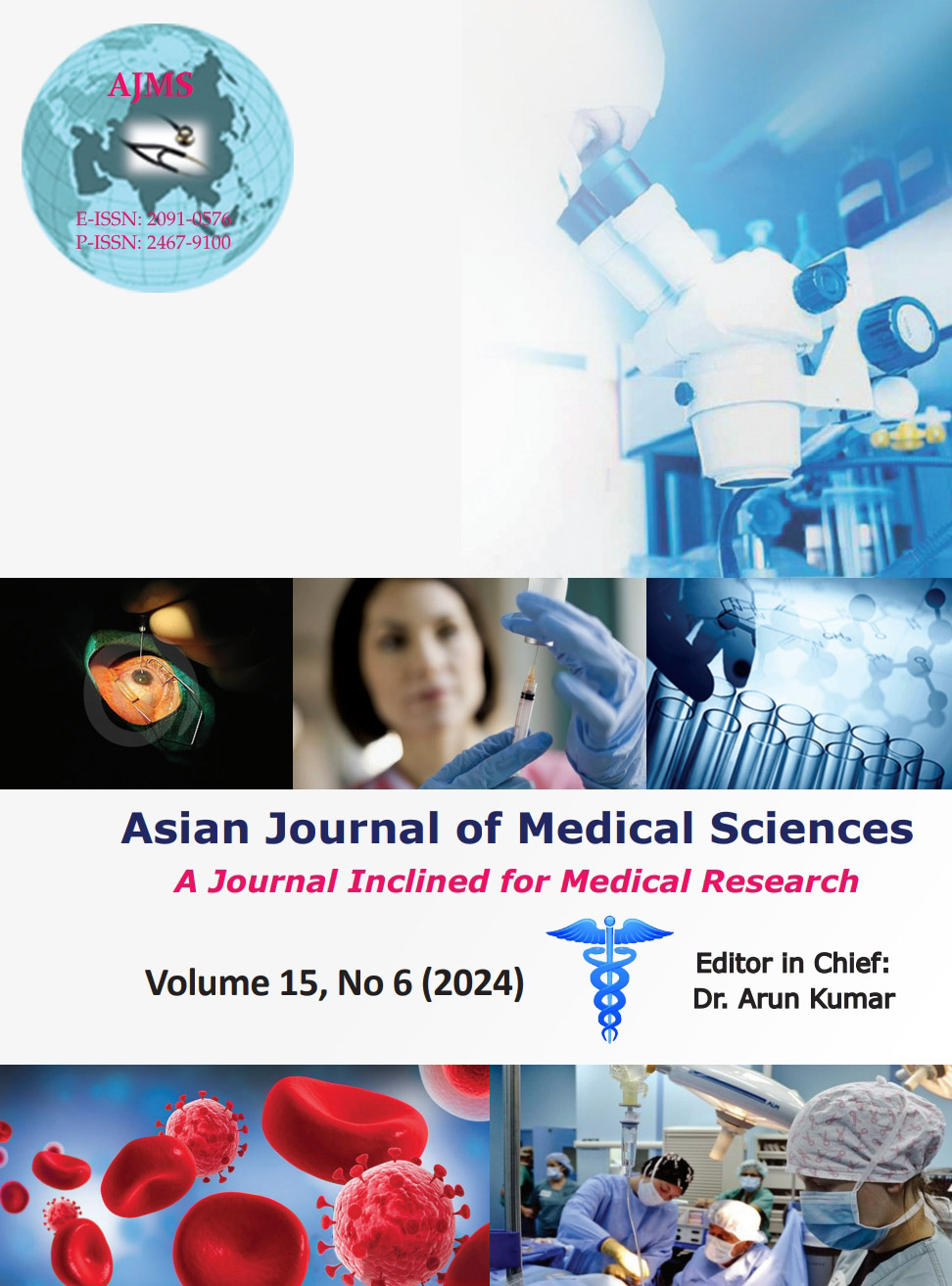To study the role of propranolol in infantile hemangioma: A prospective randomized study
Keywords:
Infentile hemangioma; Proprenolol; LesionsAbstract
Background: Infantile capillary hemangiomas (IHs) are common, benign, self-limited tumors with a well-defined natural history, occurring most often on the head and neck. IHs are the most common soft-tissue tumors in infancy and occur in 5–10% of children. The main risk factors identified for IH include female sex and low birth weight. For many hemangioma patients, treatment is not required; however, there are many treatment options for IH, each with their own limitations and side effects.
Aims and Objectives: The study aimed to study the role, efficacy, and side effects of propranolol in infantile hemangioma.
Materials and Methods: Patients with infantile hemangioma at SN Medical College, Agra, in the Department of General Surgery and Pediatric Surgery with the required eligibility criteria are considered in this study from December 2021 to December 2023, in total 60 patients, prospectively randomized into three groups: Group A: Infants given propranolol only. Group B: Infants given steroids only Group C: Infants given a steroid plus propranolol.
Results: In our study, Group A taking propranolol alone 14 out of 20 (70%) responded well, Group B taking steroid alone 7 out of 20 (35%) responded well and Group C taking steroid and propranolol 16 out of 20 (80%) responded well, which shows that propranolol in a low dose (0.5–3 mg/kg/day) is an effective drug for infantile hemangioma.
Conclusion: In our study, we can conclude that propranolol is a safe, efficacious, and better drug than corticosteroid for infantile hemangioma when used in low doses, and the effects are better if started in the early phase.
Downloads
Downloads
Published
How to Cite
Issue
Section
License
Copyright (c) 2024 Asian Journal of Medical Sciences

This work is licensed under a Creative Commons Attribution-NonCommercial 4.0 International License.
Authors who publish with this journal agree to the following terms:
- The journal holds copyright and publishes the work under a Creative Commons CC-BY-NC license that permits use, distribution and reprduction in any medium, provided the original work is properly cited and is not used for commercial purposes. The journal should be recognised as the original publisher of this work.
- Authors are able to enter into separate, additional contractual arrangements for the non-exclusive distribution of the journal's published version of the work (e.g., post it to an institutional repository or publish it in a book), with an acknowledgement of its initial publication in this journal.
- Authors are permitted and encouraged to post their work online (e.g., in institutional repositories or on their website) prior to and during the submission process, as it can lead to productive exchanges, as well as earlier and greater citation of published work (See The Effect of Open Access).




